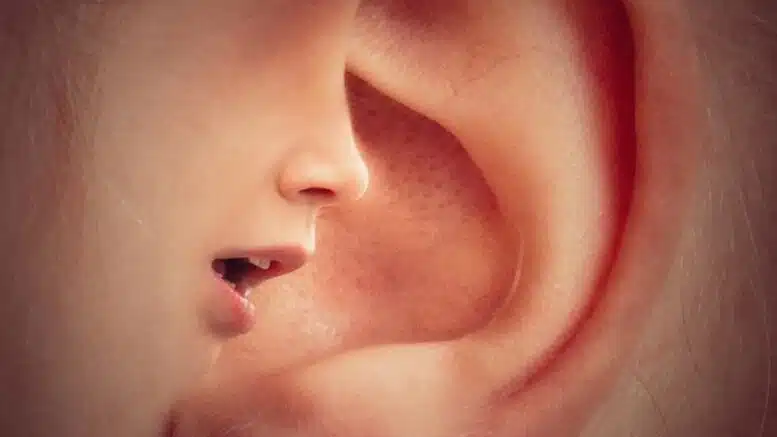Personal protective equipment is not merely a point of consideration in the workplace – it is a legal right for employees to have access to adequate PPE and training in its use, and a legal requirement for workplaces to provide it. Hard hats and safety boots are perhaps the first things you think of, but PPE covers a wide range of protective solutions, including the humble ear plug.
Why Wear Ear Plugs?
Ear plugs are an essential piece of personal protective equipment for a variety of industries and applications, and for good reason. The ears are the most sensitive organs of the human body and are incredibly susceptible to damage as a result.
The dangers of excessively loud volumes are well-known, with explosive sounds above 115dB likely to cause immediate damage to one’s hearing – however, hearing damage can also set in from longer-term exposure to lower volumes. The threshold for danger to hearing is in fact around 85dB – the volume of a vacuum cleaner, or of heavy traffic.
This makes hearing protection a pressing concern for many environments; even if you do not directly work with heavy machinery in an industrial setting, relatively close proximity to those machines could cause the loss of hearing sensitivity over time. However, the specifics of your environment or job may also necessitate the usage of specific ear plugs – examples of which are provided below.
Foam Plugs
Foam ear plugs are the cheapest available, and the most common kind you will find at workplaces or on the market. The microbubbles in the foam mitigate the passage of energy into the eardrum, attenuating all frequencies. These are particularly useful on construction sites; banded ear plugs with foam attachments are also available, to keep them conveniently accessible around your neck.
Silicon Plugs
Silicon ear plugs are a more long-term solution for hearing protection, being moulded in durable and comfortable material for extended wear time. They also often come with internal attenuation mechanisms, including a small hole for the passage of high-frequency audio information. These are better suited for loud environments where communication is key, such as music venues – and are a common budget choice for gigging musicians.
Custom Plugs
The next step up is the custom ear plug, which is moulded to the individual user’s ear. These are typically coupled with an active in-ear monitor system, enabling the clear delivery of audio information alongside more complete elimination of external noise factors. These custom earplugs and the best headphones are commonly used in performances by musicians, actors, techs, and sound engineers. Moulded ear plugs are also used for those with medical sensitivity.
Best Practice for Usage
Whichever ear plugs you elect to wear, safe application is key to prevent any localised damage – and to ensure maximum protection. Foam earplugs should be rolled into a thin cylinder before insertion, where they should be allowed to expand and fit your ear cavity. Silicon ear plugs tend to be supplied with an applicator, that allows safe and firm insertion without ear damage.
